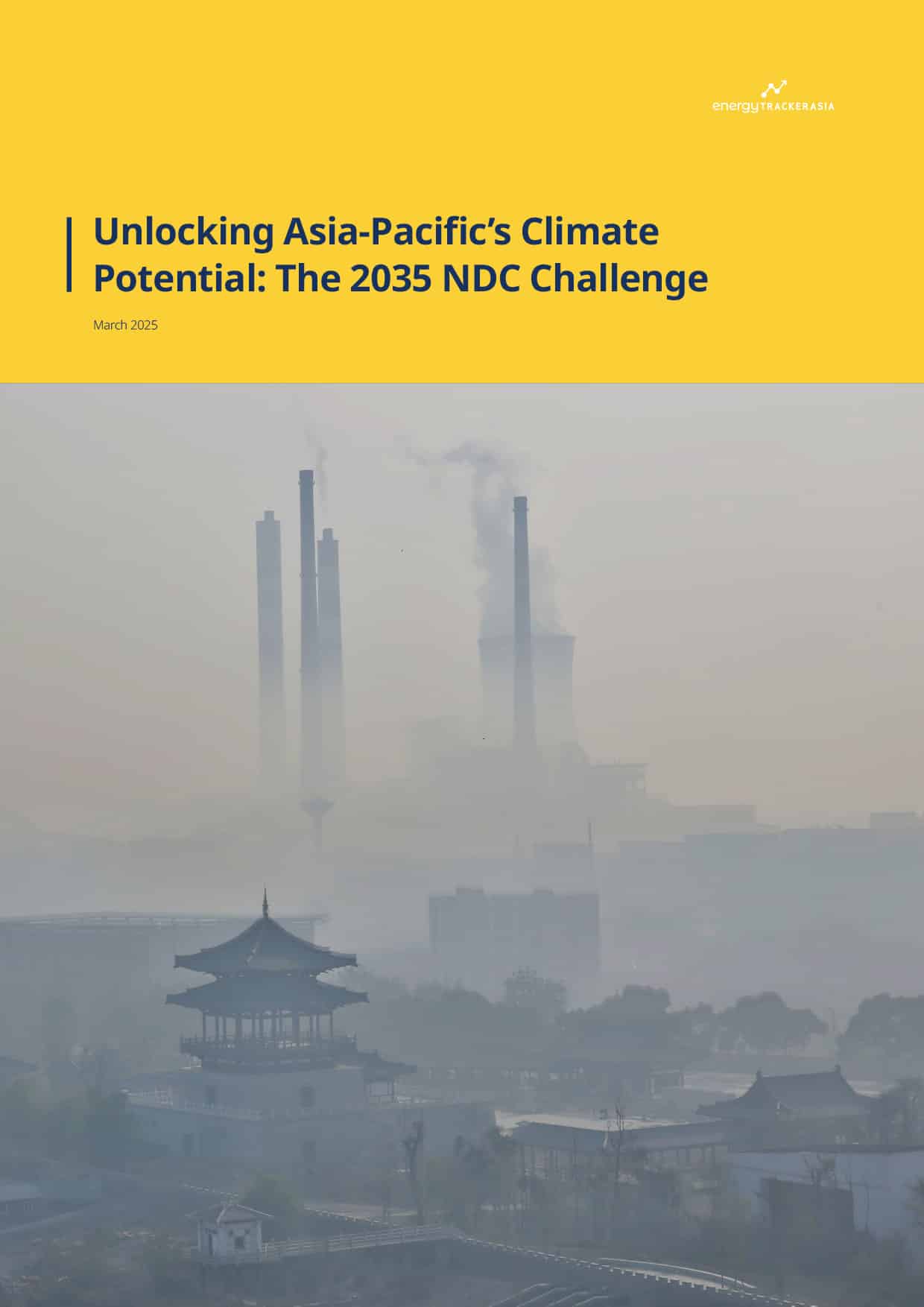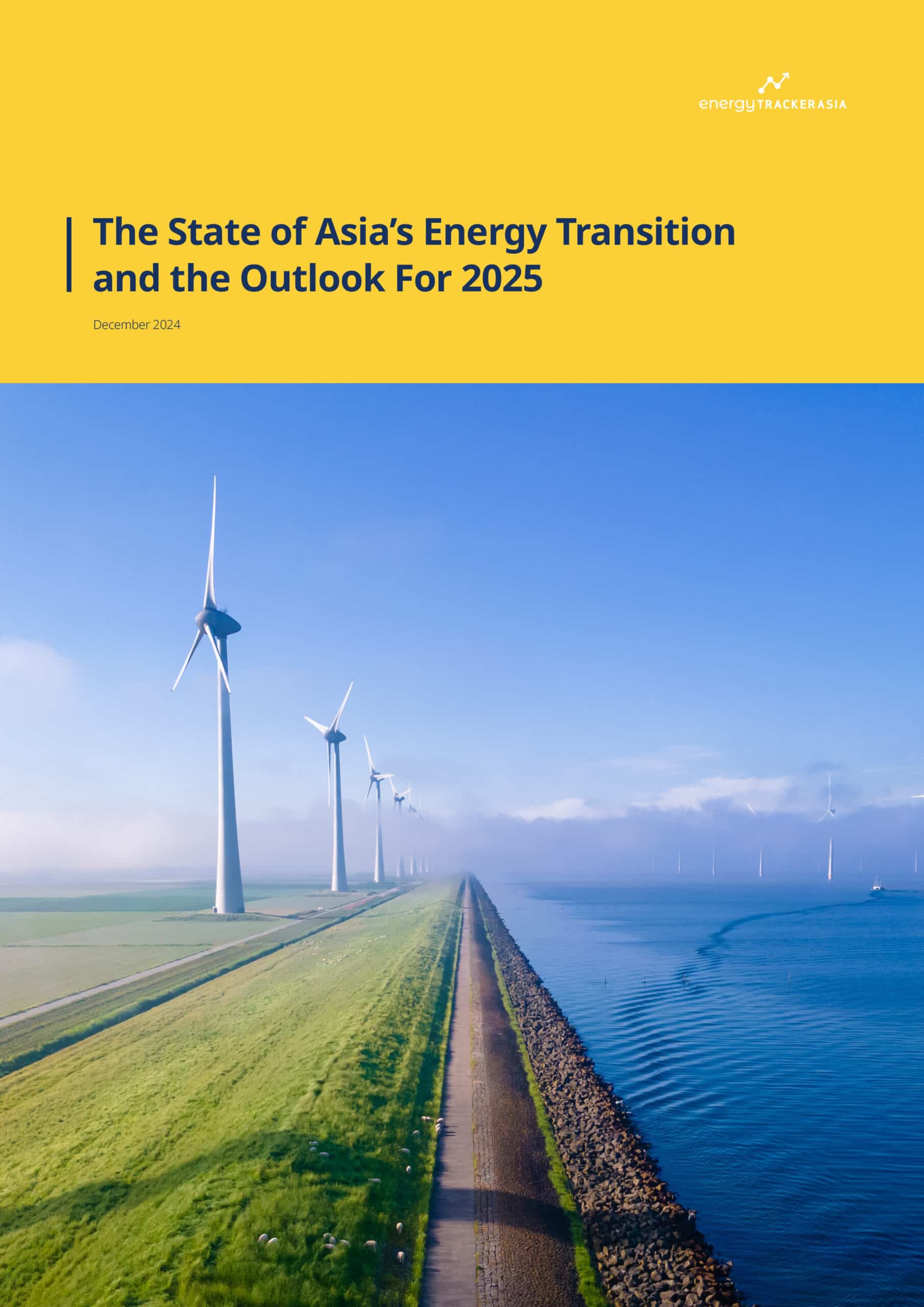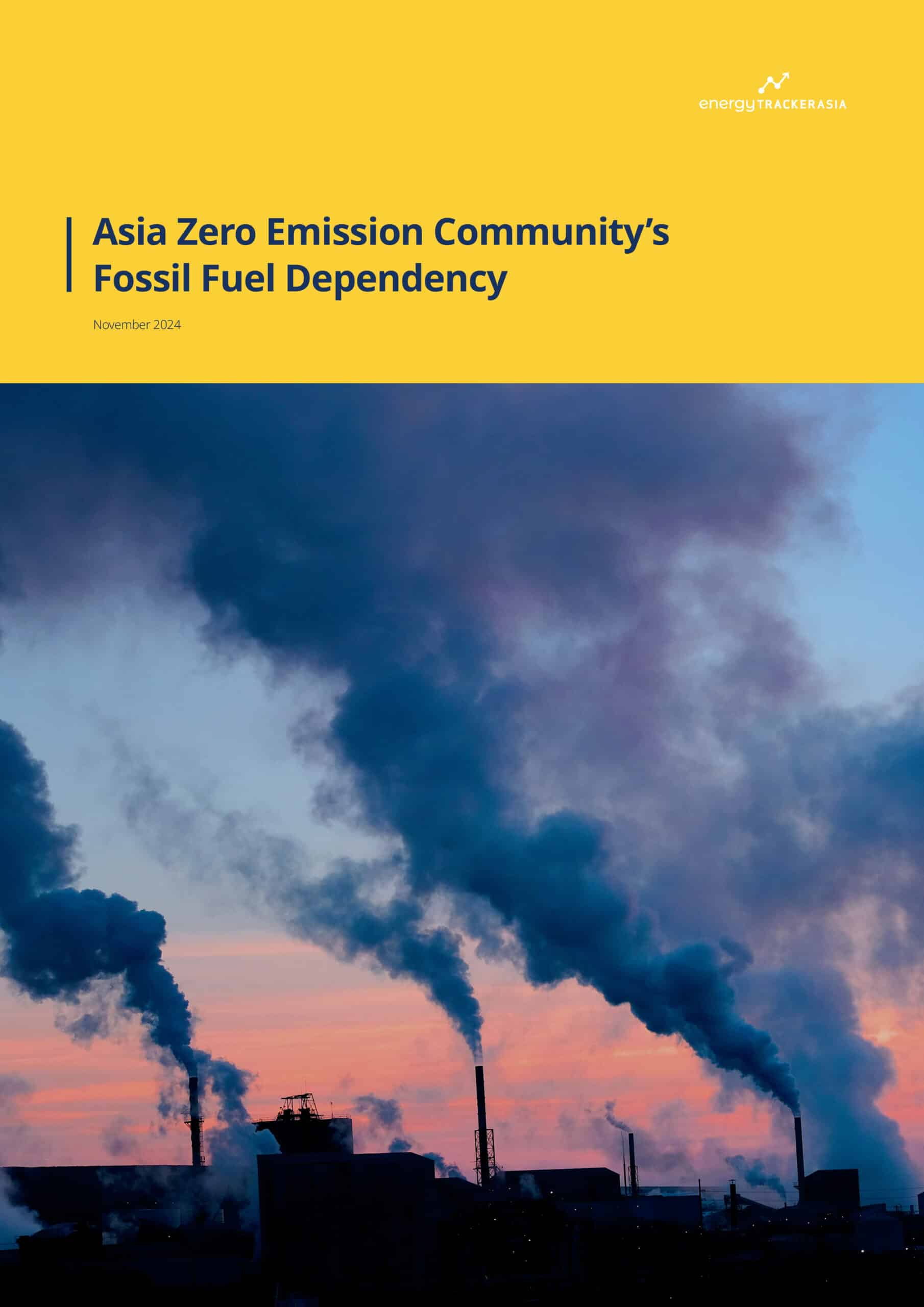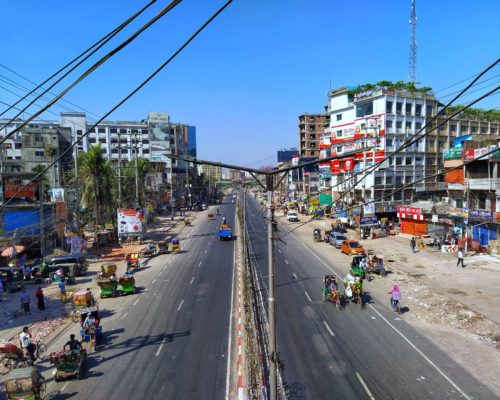Climate Finance at COP30: Can Developing Countries Expect a Breakthrough?
Photo: Shutterstock / Antonio Scorza
17 November 2025 – by Heba Hashem
As delegates gather in Belém, Brazil for COP30 2025, developing nations are pinning their hopes on a long-awaited shift from international climate finance commitments to climate action. Host country Brazil has billed 2025’s climate summit as “the COP of implementation,” a moment when years of negotiations must finally deliver real-world results.
Climate Disasters Intensify Across the Global South
The urgency could not be clearer. Throughout 2025, climate-fuelled catastrophes have pummeled vulnerable countries, compounding debt, deepening inequality and stretching climate adaptation systems beyond their limits.
In the Caribbean, Jamaica, Haiti and Cuba are still recovering from Hurricane Melissa, which affected 5 million people, killed at least 75 and displaced more than 770,000. Estimated economic losses have soared to as much as USD 52 billion.
Asia has fared no better. Pakistan once again found itself underwater as the 2025 floods swept through communities, killing at least 300 people and damaging more than 1,600 homes — barely two years after the 2022 floods that affected over 33 million people and cost over USD 40 billion.
In the Philippines, Typhoon Fung-wong recently triggered the evacuation of more than 900,000 people and claimed at least six lives, arriving on the heels of Typhoon Kalmaegi, which left more than 200 people dead.
Even Brazil, the host of the 2025 United Nations Climate Change Conference, has not been spared. Just days before the climate change conference COP30, a tornado flattened 90% of the town of Rio Bonito do Iguaçu in Paraná, killing at least five.
Mounting Loss and Damage, Insufficient Climate Adaptation Finance
Economic losses from climate disasters reached USD 320 billion in 2024, according to Munich RE. Projections suggest sea-level rise alone could add another USD 400-520 billion in annual losses by 2100 under the worst-case warming scenarios.
Yet, support for countries struggling to recover remains chronically inadequate. Many are forced to borrow at high cost to rebuild, diverting funds from basic services such as healthcare and education.
Barbados Prime Minister Mia Mottley put it bluntly during a pre-COP30 leaders’ meeting in Brazil: “All of us should hold our heads down in shame, because having established this [loss and damage] fund a few years ago in Sharm el-Sheikh, its capital base is still under USD 800 million while Jamaica reels from damage in excess of USD 7 billion, not to mention Cuba, Haiti or the Bahamas.”
Loss and damage may not top the agenda at COP30, but there are signs of progress. On day one, the Fund for Responding to Loss and Damage (FRLD) issued its first call for proposals — USD 250 million under the Barbados Implementation Modalities (BIM), marking the transition from design to operationalisation.
Ana Toni, CEO of COP30 summit, hailed the milestone: “This is a COP of implementation […] They’ve put out a USD 250 million call for proposals, showing the speed at which this fund — created less than two years ago — is already moving into implementation.”
But the gap remains vast. Experts say at least USD 400 billion in loss and damage funding is needed every year. To date, the FRLD has received around USD 800 million in pledges, of which just over USD 400 million has been released.
As ODI’s Emily Wilkinson noted: “A miserly USD 250 million will be allocated to requests of between USD 5 million and USD 20 million. Why such small sums? Because the total pot has barely grown since the last COP […] less than half is actually in the Fund.”
Spain is the first country to announce a COP30 pledge: EUR 45 million to be shared among the Adaptation Fund, the FRLD and the World Meteorological Organization’s observation facility.
The Pathway to USD 1.3 Trillion by 2035
At COP29, nations agreed to triple climate finance for developing countries to USD 300 billion a year by 2035, and to mobilise USD 1.3 trillion annually when counting wider private and public climate finance flows. COP30 2025 is now charged with turning this mandate into reality.
The Baku to Belém Roadmap — central to this effort — lays out five priority pillars, from boosting multilateral climate funds to converting sovereign debt into climate investments. Debt-for-climate swaps alone could unlock USD 100 billion for developing countries.
UN Climate Chief Simon Stiell pressed governments to accelerate: “We have already agreed to deliver at least 300 billion in climate finance […] We now need to put the Baku to Belém Roadmap to work. To start moving towards the 1.3 trillion.”
During the summit, the Independent High-Level Expert Group on Climate Finance (IHLEG) issued a parallel roadmap calling for USD 1.3 trillion in annual external finance for developing countries (excluding China) by 2035. Current flows stand at just USD 190 billion — “woefully inadequate”, the group warned.
Its analysis — Delivering an Integrated Climate Finance Agenda — puts total annual investment needs at USD 3.2 trillion, including USD 2.05 trillion for clean energy, USD 400 billion for adaptation, USD 350 billion for natural capital and another USD 350 billion for loss and damage.
IHLEG co-chair Vera Songwe captured the scale of the challenge: “The world must move from billions to trillions if it wants to keep 1.5 degrees Celsius (°C) alive.” Songwe added, “We need an integrated approach — one that links debt reform, domestic fiscal action, private capital and international solidarity into a single, coherent system.”
Reforming Multilateral Development Banks and Unlocking Private Capital
The IHLEG report calls for multilateral development banks to triple climate lending to USD 160-240 billion annually by 2035, while concessional flows through the International Development Association rise to USD 50-75 billion.
Mobilising private investment is even more daunting: flows to developing countries must increase fifteenfold to reach USD 650 billion a year — half the total required.
“Private finance will not flow at scale without public risk-sharing,” said economist and IHLEG member Nicholas Stern. “Public finance must lead, not follow, to build confidence and unlock the trillions sitting in global capital markets.”
But even if successful, most private capital will chase profitable sectors such as renewable energy, sustainable development and infrastructure. Adaptation, resilience and loss and damage responses will continue to depend on concessional and grant-based finance, according to the report.
When Climate Finance Creates More Debt
Despite claims that developed countries surpassed the long-promised USD 100 billion goal in 2022, new analysis suggests the real value of that finance is dramatically lower. Oxfam and CARE estimate that only USD 28-35 billion of the reported USD 116 billion represents genuine support.
Nearly 70% of the global climate finance came as loans — many non-concessional — and only a sliver reached the poorest nations. In many cases, climate finance is actually adding to the USD 3.3 trillion debt burden carried by developing countries, the analysis noted.
Oxfam’s Climate Policy Lead Nafkote Dabi criticised the practice: “Rich countries are treating the climate crisis as a business opportunity, not a moral obligation […] This is a form of crisis profiteering.”
New Tools of Climate Finance at COP30 Climate Change Conference in Brazil
Still, COP30 Brazil has delivered pockets of innovation. Among the most significant: a partnership between the Inter-American Development Bank Group (IDB Group) and France’s AFD Group to co-finance USD 324 million in digital connectivity projects in the Brazilian Amazon, including USD 13.7 million in EU grants. Fibre-optic submarine cables in Maranhão and Pará are expected to bring high-speed internet to 15 million people.
AFD Group President Rémy Rioux said the project will “open doors to education, healthcare, entrepreneurship and early-warning systems against climate risks.”
Another major launch is the Caribbean multi-guarantor debt-for-resilience initiative, led by IDB, CAF – Development Bank of Latin America and the Caribbean Development Bank. It aims to ease debt pressures while expanding governments’ fiscal space to invest in disaster preparedness and shared regional services.
Philanthropic actors also made a rare coordinated move: the new Climate and Health Funders Coalition — involving 35 leading foundations including Rockefeller, Gates and Wellcome — announced USD 300 million for projects linking climate action and public health, with further plans to expand the pool.
Urgent Climate Action is Required to Achieve Climate Goals
After 35 years of delayed climate action, scientists warn that climate change mitigation and adaptation alone are no longer enough. Without a rapid scale-up of finance — especially for loss and damage — global temperatures are on track to rise between 2.3°C and 2.5°C by 2100, rendering large areas of the planet uninhabitable.
COP30 may be the “COP of implementation”, but for the world’s most vulnerable nations, it must also be the COP of acceleration — because the costs of inaction to address climate change are rising faster than the money meant to stop them.





